
History Of The Handbag
The handbag is a part of our lives. Have we ever really thought about it though? Of course fashion tends dictate hand bags styles but have we ever wondered how the hand bag came into being? Can any woman today dare to leave the house without her handbag? A handbag to a woman is like water to a fish. It is as important as air, food, and water to our survival. Hand bags have taken over our lives. But where did it come from that it has become just so integrated into every culture?
The first hand bags were seen in Egypt. Those studying ancient history have noticed pictures of people with pouches worn at the waist. That is hieroglyphics are so important. Around the 14th century, handbags gained social status in Europe. A bag was looked upon by judging the quality of the bag and the degree of design and embroidery on it. Purses then were meant especially for women and were worn attached to the girdle. But by the 15th century, men started to carry purses too. The purses were usually ornamented heavily with gold. Men would give their newly wed bride a purse with an illustration or a picture signifying love on it. It was usually a love story that would be embroidered onto the purse.
Later, as dresses got fancier, women did not want to display their purses. They thought that it would clash with their dress and so started to tie the purse underneath the dress. It was only in the 16th century that the bags were started to be made with materials that were a little more common like leather and were usually fastened with a drawstring on the top. Then came the sacks. Travelers started carrying large bags made out of ordinary cloth. They were not exactly fancy but really helped people carry lots of stuff with them while traveling. Elaborate and more complex bags made their way through in the 17th century. Women were trained in embroidery at a very young age and so the bags became more artistic with women all over the world unleashing their creativity on their purses. Pockets were then introduced in male britches thus doing away with the need for carrying purses. Nevertheless men continued to carry net purses in the pockets for safely carrying money.

Matching bags with clothes became the new mission for women at the turn of the 18th century. Women had a purse to go with every dress they owned. It was only in the 1900s that the term ‘handbag’ came into being. It was usually reserved for the stuff men carried their luggage in. This lead to the inspiration of a bag with many compartments and complex fasteners and even locks. The trend of matching handbags disappeared in the 20s and bags were then made with plastic and wood in the 40s to save on supplies because of the Second World War.

Bags are now a fashion statement and are no longer known as bags but as Chanel, Hermes, and Louis Vuittons, signifying the designer the bag was made by.

History Of The Handbag
Etienne Aigner Handbags

Etienne Aigner Handbags
Etienne Aigner AG is a fashion house based in Munich, Germany, that specializes in high-end leathergoods like as handbags, luggage, belts, wallets, leather accessoires and so on. It is named after its founder, Etienne Aigner (1904–2000).

Etienne Aigner describes itself as a German brand with Italian soul, melding German precision with Tuscan tradition, with motives and monogram especially, deriving from equestrian themes as inspiration. The design of all female wear is undertaken by a subsidiary in Florence, leather goods as handbags, belts, wallets, leather accessoires and scarves are designed in Munich. With the "Antic Red" colour (signature colour) Aigner shows a homage to the Tuscan Chianti Classico.
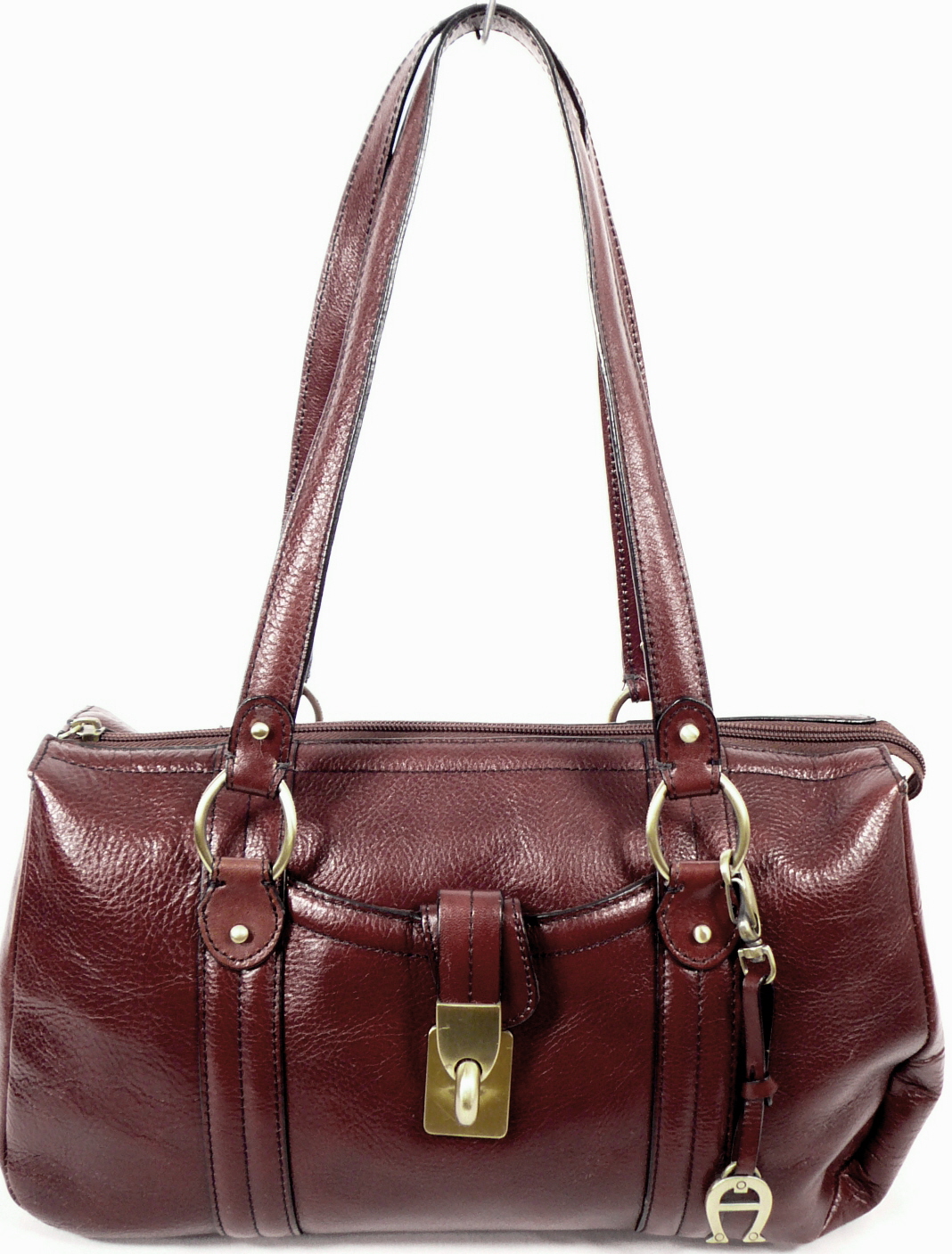

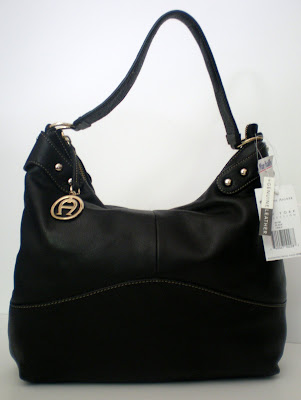
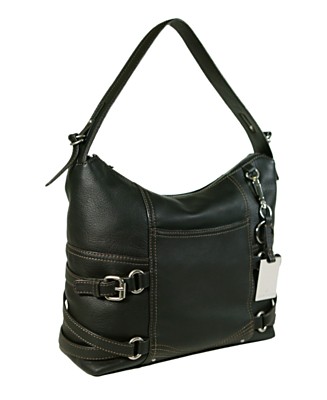
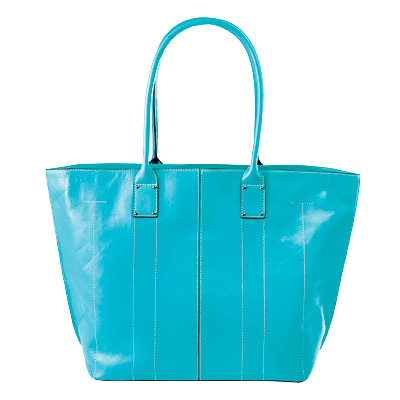
Etienne Aigner Handbags
Biker Wallets

Biker Wallets
The first distinctive aspect of this style is its shape and size. Generally bi-folds and tri-folds fold up to be almost square, but biker wallets are longer (hence bigger) and more of a true rectangle. They actually "fit the bill" because they're shaped like dollar bills. The second distinguishing feature is the closure system. While many bi-folds and tri-folds simply fold closed, biker wallets typically snap closed and often the snaps are visible on the front of the wallet. That's not only a stylish feature, but a security system as well!







Biker Wallets
Big Buddha Handbags

Big Buddha Handbags
Big Buddha handbags are well known for their attractive style and versatility, as these bags can be used by women of all ages and social status. Coming from an innovative house of design, these bags can be classic and conservative, but can also be modern and slick. Done in all sorts of colors and textures, there's something for everyone from Big Buddha.
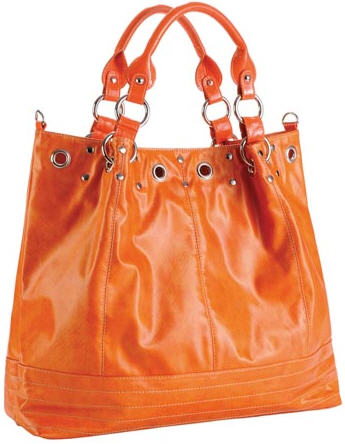





Big Buddha Handbags
Newer Posts Older Posts Home
Subscribe to: Posts (Atom)


0 comments:
Posting Komentar